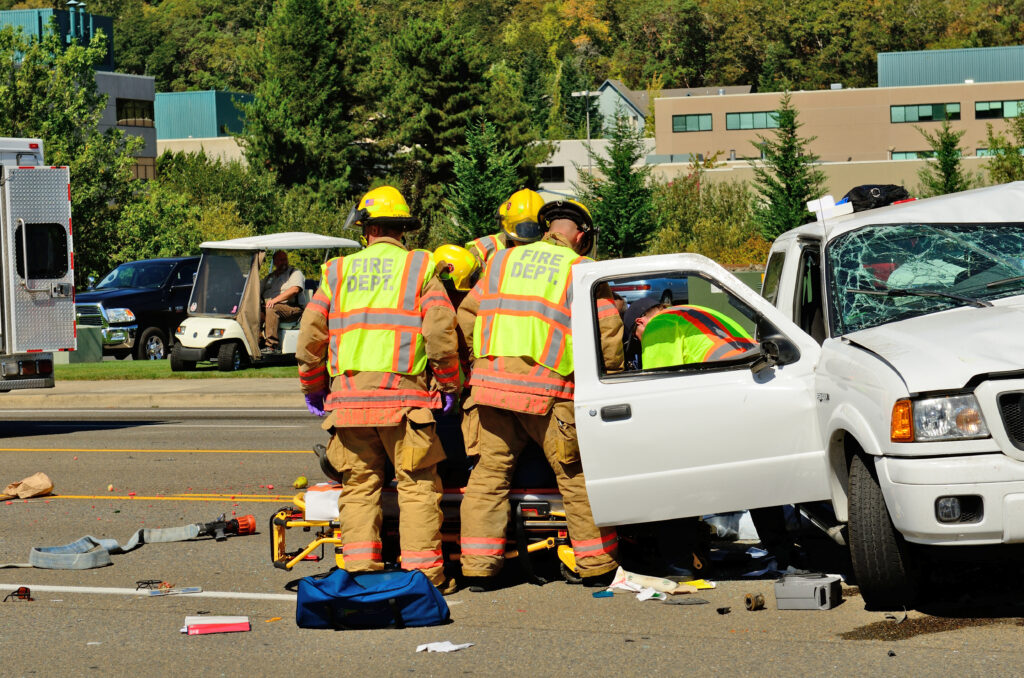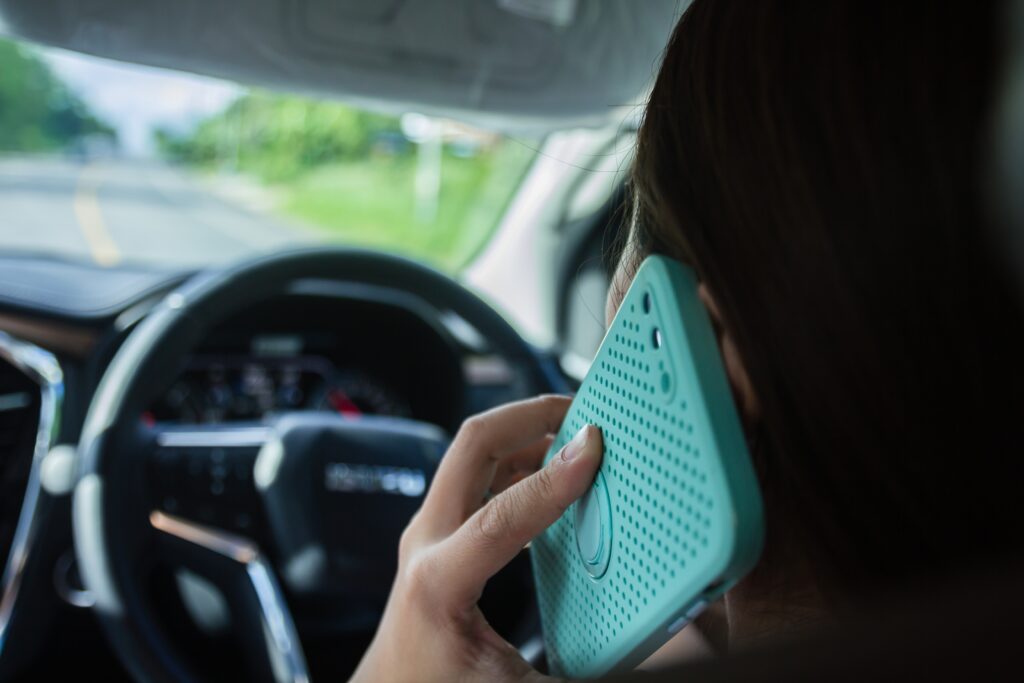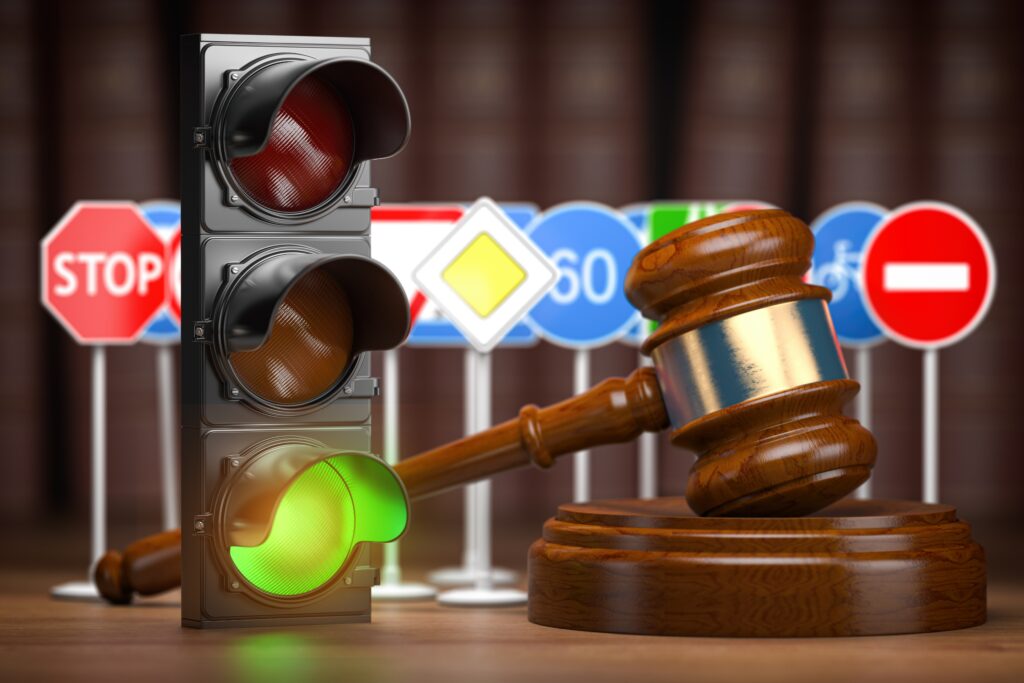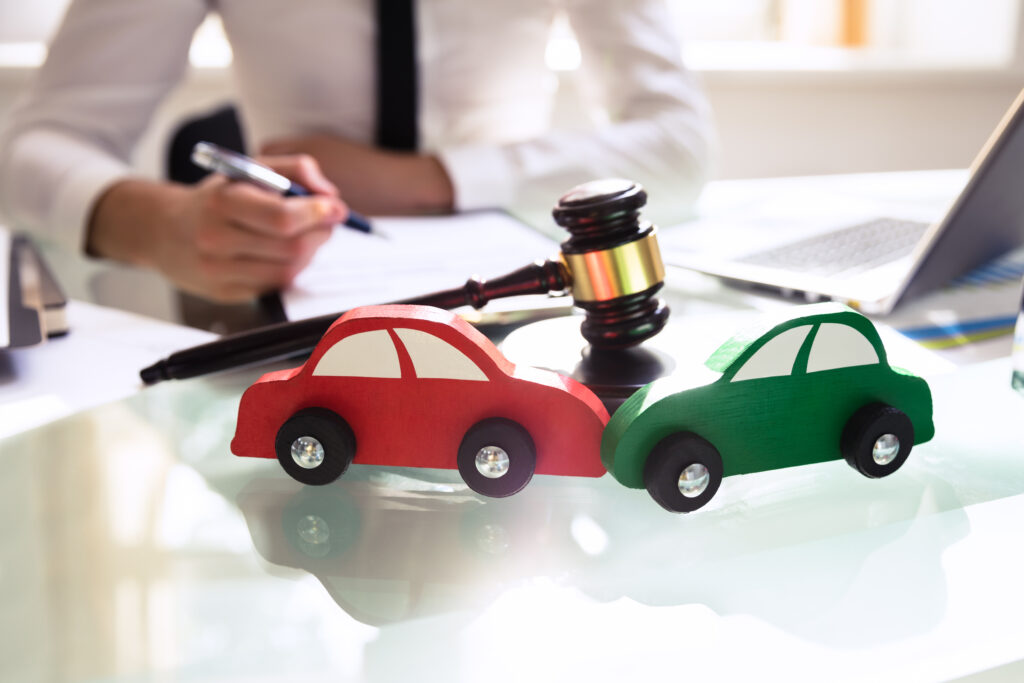
T-bone accidents, also known as side-impact collisions, can be devastating and often result in severe injuries. Understanding who is at fault in these accidents is necessary when seeking compensation for your damages. It’s beneficial to understand the various factors that contribute to T-bone accidents, the concept of negligence and liability, the types of injuries that can occur, and the role of a car accident lawyer in helping you get the most out of the legal process.
If you are involved in a T-bone accident, consult a qualified Fort Lauderdale car accident attorney to protect your rights and ensure you receive the compensation you deserve.
Get A Free Consultation Today!
Table of contents
- What is a T-Bone Accident?
- Common Causes of T-Bone Accidents
- Negligence and Liability in T-Bone Accidents
- Traffic Laws and Right-of-Way
- Determining Fault in T-Bone Accidents
- T-Bone Accidents: Who is to Blame?
- Seeking Compensation After a T-Bone Accident
- Injuries Arising from T-Bone Accidents
- Types of Damages in a Car Accident Case
- The Statute of Limitations for T-Bone Accidents
- What Does a Car Accident Lawyer Do?
- How Long Does a T-Bone Accident Case Take?
- Injured in a T-Bone Accident? Contact a Knowledgeable Car Accident Attorney Today
What is a T-Bone Accident?
A T-bone accident occurs when one vehicle collides with the side of another vehicle at a perpendicular angle, forming a “T” shape. These accidents often occur at intersections, where one driver fails to yield the right of way or runs a red light. The impact force in a T-bone accident is typically concentrated on one side of the vehicle, making it more likely to cause severe injuries for everyone in the vehicle being hit.
Common Causes of T-Bone Accidents
T-bone accidents can happen for various reasons, but some common causes include:

- Failure to yield: Failing to yield the right of way at an intersection is a leading cause of T-bone accidents. It can happen when drivers ignore traffic signals or stop signs or fail to judge the distance and speed of oncoming vehicles properly.
- Distracted driving: When drivers engage in activities that divert their attention from the road, such as texting, talking on the phone, eating, or adjusting the radio, they become more likely to cause a T-bone accident.
- Speeding: Excessive speed reduces the driver’s ability to react to sudden changes in traffic conditions, increasing the likelihood of a T-bone accident.
- Impaired driving: Driving under the influence of alcohol or drugs significantly impair a driver’s judgment, coordination, and reaction time, making them more prone to causing T-bone accidents.
- Poor weather conditions: Rain, snow, ice, or fog can make roads slippery and decrease visibility, increasing the likelihood of a T-bone accident. However, weather or road conditions aren’t an excuse for one driver to cause an accident. All drivers are obligated and expected to change their driving habits based on the current conditions.
- Mechanical Failure: Vehicle malfunctions, such as brake or steering defects, can contribute to T-bone accidents. In some cases, the manufacturer or maintenance provider may be held liable for the incident.
Negligence and Liability in T-Bone Accidents
Determining liability in a T-bone accident involves establishing negligence on the part of one driver. Negligence refers to the failure to exercise reasonable care while driving, leading to harm to others. The following elements must be proven to establish negligence:
- Duty of care: The driver had a legal obligation to drive safely and responsibly, considering the safety of others on the road.
- Breach of duty: The driver failed to uphold their duty of care by acting negligently or recklessly, such as running a red light or failing to yield.
- Causation: The driver’s breach of duty directly caused the T-bone accident, resulting in injuries.
- Damages: The injured party suffered physical, emotional, or financial harm from the accident.
An experienced car accident lawyer can help gather evidence, analyze the facts, and determine who is at fault in your case. They will be prepared to prove these elements of negligence.
Traffic Laws and Right-of-Way

Traffic laws and right-of-way rules are crucial in determining fault for a T-bone accident. Right-of-way refers to the privilege of proceeding first in traffic, essential for maintaining order and preventing accidents. Generally, a driver who fails to yield the right-of-way in a T-bone accident will be considered at fault.
According to traffic laws, the vehicle approaching an intersection must yield the right-of-way to the vehicle already in the intersection. It means that if a driver enters an intersection and is hit by another vehicle entering the intersection, the second driver is likely at fault for failing to yield.
Determining Fault in T-Bone Accidents
Several factors are considered when determining fault in T-bone accidents. These include the state’s traffic laws and right-of-way rules, the location and condition of traffic control devices such as stop signs or traffic lights, the speed and visibility of the vehicles involved, and any witness statements or surveillance footage available.
The general principle is that a driver who fails to exercise reasonable care and causes a T-bone accident will be deemed at fault. It can include driving at excessive speeds, running a red light or stop sign, or failing to pay attention to the traffic around them.
T-Bone Accidents: Who is to Blame?
Liability in T-bone accidents can extend to various parties involved. The primary liability usually falls on the driver at fault for the accident. However, liability can also extend to other parties, such as the vehicle owner, if they allow an inexperienced or reckless driver to operate the vehicle.
Government entities may also be held liable for a T-bone accident if they fail to maintain or adequately signal an intersection, creating dangerous conditions.
Seeking Compensation After a T-Bone Accident
Victims of T-bone accidents may be entitled to seek compensation for their injuries and damages. The legal options available to them include filing a personal injury claim against the at-fault driver and their insurance company. A successful claim can result in compensation for medical expenses, lost income, pain and suffering, and other damages incurred due to the T-bone accident.
Consulting with an experienced lawyer can help victims navigate the legal process and maximize their chances of obtaining fair compensation.
Injuries Arising from T-Bone Accidents
T-bone accidents can cause a wide range of injuries, varying in severity. Some common injuries include:
- Whiplash: The sudden impact of a T-bone accident can cause the neck to jerk back and forth rapidly, resulting in whiplash. It can lead to pain, stiffness, and restricted range of motion.
- Head and brain injuries: The force of the impact in a T-bone accident can cause head trauma, resulting in concussions, skull fractures, or even traumatic brain injuries (TBIs).
- Spinal cord injuries (SCI): T-bone accidents can cause severe damage to the spinal cord, leading to paralysis or loss of sensation in certain parts of the body.
- Broken bones: The impact of a T-bone accident can cause fractures in the arms, legs, ribs, or other bones.
- Internal injuries: The force of the collision can cause damage to internal organs, leading to internal bleeding or organ failure.
Seek medical attention immediately after a T-bone accident, even if you don’t notice any immediate symptoms. Some injuries may not manifest immediately, and a medical professional can properly assess your condition and provide appropriate treatment.
Not only is this what is best for your health, but it’s also best for your legal case. You need a medical record to establish your injuries and their connection with the accident. If you don’t seek medical attention or know what to seek, it will likely be detrimental to your case and can cause it to decrease in value or be denied entirely.
Types of Damages in a Car Accident Case
If you are involved in a T-bone accident, you may be entitled to various types of damages, including:
- Medical expenses: This includes the cost of medical treatment, rehabilitation, medication, and any other healthcare services required due to the accident.
- Lost income: If your injuries prevent you from working, you may be entitled to compensation for your lost income during your recovery period.
- Pain and suffering: This refers to the physical pain, emotional distress, and reduced quality of life caused by the accident and injuries.
- Property damage: If your vehicle or other personal property was damaged in the accident, you may be eligible for compensation for the repair or replacement costs.
- Loss of consortium: If your injuries have negatively affected your relationship with your spouse or partner, you can seek damages for the loss of companionship and support.
The Statute of Limitations for T-Bone Accidents
All injured parties should be aware of the statute of limitations for filing a lawsuit in a T-bone accident case. The statute of limitations sets a specific timeframe within which you must file your claim, or you may lose your right to seek compensation. The exact deadline varies by jurisdiction, so consult with a car accident attorney to ensure you meet all necessary deadlines.
What Does a Car Accident Lawyer Do?
A car accident lawyer represents individuals who have suffered an injury in car accidents. They can provide valuable guidance and support throughout the legal process, including:

- Case evaluation: A car accident lawyer will review your case, collect evidence, and advise you on the strength of your claim. They will assess the potential damages you may be entitled to and help you understand the legal options available.
- Negotiations: A skilled car accident lawyer will negotiate with insurance companies on your behalf to secure a fair settlement. They will advocate for your best interests and ensure you receive your deserved compensation.
- Litigation: If a fair settlement cannot be reached, a car accident lawyer will file a lawsuit and represent you in court. They will present your case, cross-examine witnesses, and fight for your rights during the trial.
- Legal experience: A car accident lawyer knows the complex laws surrounding car accidents and personal injury claims. They will manage your case, saving you time, effort, and stress.
If you have been involved in a T-bone accident, consult a car accident lawyer as soon as possible. They will take steps to protect your rights and ensure you receive fair compensation for your injuries and damages.
How Long Does a T-Bone Accident Case Take?
If you have been involved in a T-bone accident, you may wonder how long it will take to resolve your case. The truth is that there is no exact timeline for a T-bone accident case, as each situation is unique and can be influenced by various factors. However, understanding the general timeline can help set realistic expectations and guide you through the legal process.
The first step in any T-bone accident case is seeking medical attention for injuries sustained. Your health and well-being should always be the top priority. After receiving medical care, you should consult an experienced car accident attorney, who can guide you through the legal process and protect your rights.
Once you have retained an attorney, they will investigate the accident and gather evidence to support your claim. It may involve reviewing police reports, interviewing witnesses, obtaining surveillance footage, and consulting accident reconstruction experts. This investigative phase can take several weeks or even months, depending on the case’s complexity and the evidence’s availability.
After the investigation is complete, your attorney will work on building a solid case on your behalf. It includes negotiating with insurance companies on your behalf to seek a fair settlement. Sometimes, a settlement can be reached relatively quickly, especially if liability is clear-cut and the damages are well-documented. However, if the insurance company refuses to offer a fair settlement, your attorney may advise you to file a lawsuit and pursue your case in court.
Taking a case to trial can significantly lengthen the timeline. Court procedures, including discovery, pretrial motions, and trial preparation, can take several months to years. You will want to be sure to have an attorney who is experienced in trial litigation and can manage the legal system effectively.
The length of a T-bone accident case can vary significantly depending on the circumstances. While some cases can be resolved in months, others may take years. By working with a well-versed lawyer, you can ensure that your case is handled efficiently and that you receive the compensation you deserve for your injuries and damages.
Injured in a T-Bone Accident? Contact a Knowledgeable Car Accident Attorney Today
If you have suffered an injury in a T-bone accident, don’t hesitate to reach out for experienced legal guidance. A knowledgeable car accident attorney can help you make informed decisions and ensure you receive the compensation you deserve. Don’t wait; reach out to one today for a free consultation. Let them be your trusted advocate in your T-bone accident case.
